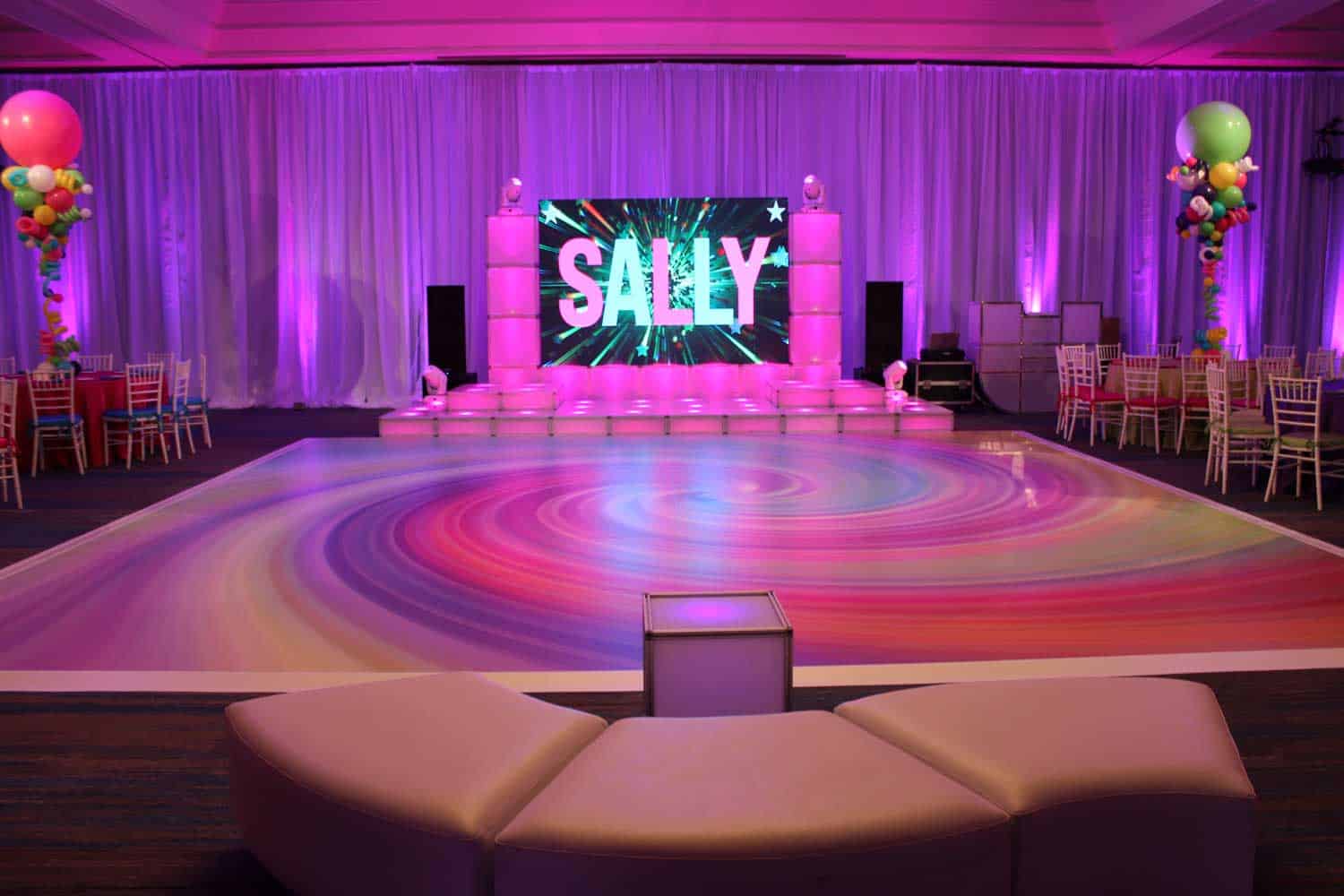Exploring the Diverse Integration Options Available for Light Emitting Diode Wall Panels
LED wall panels have secured traction for their capacity to deliver high-quality visuals in various settings, from professional environments to event venues. One of the most significant aspects of these panels is their connectivity options, which allow users to connect them to multiple devices and systems. Comprehending the broad connectivity options available for LED wall panels is essential for maximizing their use and effectiveness. This article explores these options, highlighting how they can cater to various needs and preferences.

One frequent connection approach for Light Emitting Diode wall panels is HDMI. High-Definition Multimedia Interface is broadly recognized for transmitting crisp video and audio streams between devices. This connection type is especially useful in commercial environments, such as meeting spaces or classrooms, where presentations or video content are often displayed. By using digital connectors, users can seamlessly connect laptops, projectors, and streaming devices to LED wall panels, guaranteeing a sharp and vibrant display of information.
Another commonly used interface method is Display Port, which is comparable to HDMI but offers additional benefits. Display Port can support higher refresh rates and resolutions, making it an excellent choice for gaming or graphic-intensive applications. For those deploying Light Emitting Diode wall panels in environments where output quality is critical, such as competitive gaming venues or creative workspaces, Display Port can provide the necessary visual clarity. Moreover, many contemporary computers and graphics cards feature DisplayPort connections, making it a practical solution for technology-oriented users.
In addition to High-Definition Multimedia Interface and Display Port, cordless transmission methods are becoming increasingly prevalent in LED wall panel solutions. Cable-free interfaces allow users to transmit content without the need for physical cables, promoting a streamlined and more adaptable configuration. Platforms such as Wi-Fi and Bluetooth enable users to connect smartphones, tablets, and laptops seamlessly to Luminescent Diode wall panels without tangled wires. This versatility is especially beneficial in fast-paced settings like trade shows or events, where quick changes to displays are often needed.
For larger deployments or more intricate configurations, LAN integration through wired networking is another reliable option. Ethernet connections provide a stable and reliable way to connect multiple Light Emitting Diode wall panels within a system. This approach is suitable for electronic display use cases found in shopping malls or transport hubs, where multiple panels may try this out need to display synchronized content across a wide area. By using Ethernet cables and network switches, users can ensure that all connected panels receive consistent data and content efficiently.
Finally, it's crucial to evaluate the evolution of interface technology with advancements such as Universal Serial Bus-C and Thunderbolt Three. These newer connection types offer increased data transfer speeds and versatility by allowing one cable to handle both power delivery and data transmission. As more devices adopt these standards, LED wall panels equipped with USB-C ports will likely become more common. This evolution in connectivity not only improves the capabilities of Luminescent Diode wall panels but also coincides with the growing trend of minimalism in technology setups by reducing the number of cables needed.
In summary, examining the broad interface find out here now methods accessible for Light Emitting Diode wall panels uncovers many opportunities for operators across multiple industries. From conventional approaches like High-Definition Multimedia Interface and Display Port to modern wireless solutions and network connections, each option serves specific functions suited to distinct needs. Additionally, emerging technologies like USB-C promise further advancements in how users interact with LED wall panels. By grasping these integration alternatives, end-users can make strategic decisions that enhance their overall experience with these versatile display tools.